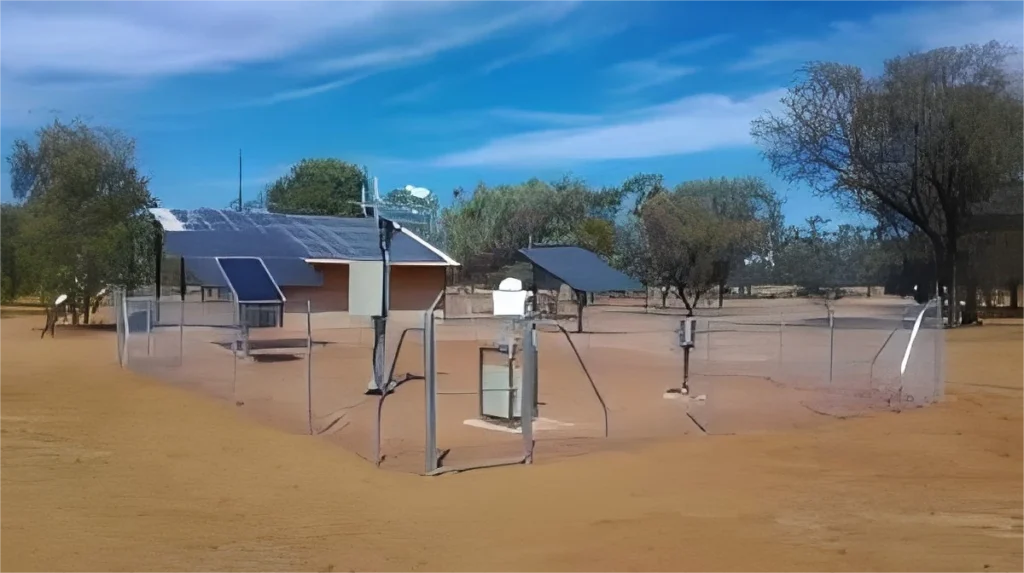
# The Drawbacks of Automated Weather Stations
## Introduction
Automated weather stations (AWS) have revolutionized meteorology by providing continuous, real-time data collection without constant human intervention. While these systems offer numerous advantages, they also come with several significant disadvantages that can impact data accuracy, reliability, and overall effectiveness in weather monitoring.
## 1. Limited Maintenance and Calibration
One of the primary disadvantages of automated weather stations is their dependence on regular maintenance and calibration. Unlike manned stations where technicians can immediately identify and address issues, AWS require scheduled visits for:
- Sensor calibration
- Equipment cleaning
- Power system checks
- Data validation
Without proper maintenance, sensors can drift from their calibrated state, leading to inaccurate measurements that may go undetected for extended periods.
## 2. Vulnerability to Environmental Factors
Physical Damage Risks
Automated stations are exposed to harsh environmental conditions that can cause:
- Sensor degradation from UV exposure
- Corrosion from salt spray in coastal areas
- Physical damage from extreme weather events
- Animal interference (birds, insects, rodents)
Power Supply Issues
Many remote AWS rely on solar power, making them susceptible to:
- Reduced efficiency during prolonged cloudy periods
- Battery failure in extreme temperatures
- Limited operation during winter months at high latitudes
## 3. Data Quality Concerns
While automated systems provide continuous data, they lack the human ability to:
- Recognize and compensate for anomalous readings
- Verify precipitation type (rain vs. snow vs. sleet)
- Identify and report unusual weather phenomena
- Detect sensor malfunctions through observational comparison
This can lead to the collection of erroneous data that requires extensive quality control measures during post-processing.
## 4. High Initial and Operational Costs
The implementation of automated weather stations involves substantial expenses:
| Cost Factor | Description |
|---|---|
| Equipment | High-quality sensors and data loggers |
| Installation | Site preparation and tower construction |
| Maintenance | Regular technician visits and part replacements |
| Data Transmission | Satellite or cellular network fees |
These costs can be prohibitive for some organizations, especially in developing countries.
## 5. Limited Measurement Capabilities
Automated stations often cannot measure certain parameters as effectively as human observers:
- Cloud height and type determination
- Visibility assessment in complex conditions
- Precipitation intensity differentiation
- Snow depth measurement during windy conditions
This limitation affects the completeness of weather observations, particularly for aviation and climate studies.
## 6. Data Transmission and Storage Issues
Communication Challenges
Remote AWS often face:
- Signal interference in mountainous areas
- Limited bandwidth for data transmission
- Complete communication failures during severe weather
Data Integrity Risks
Automated systems are vulnerable to:
- Data corruption during transmission
- Storage device failures
- Cyber security threats
Recent Comments